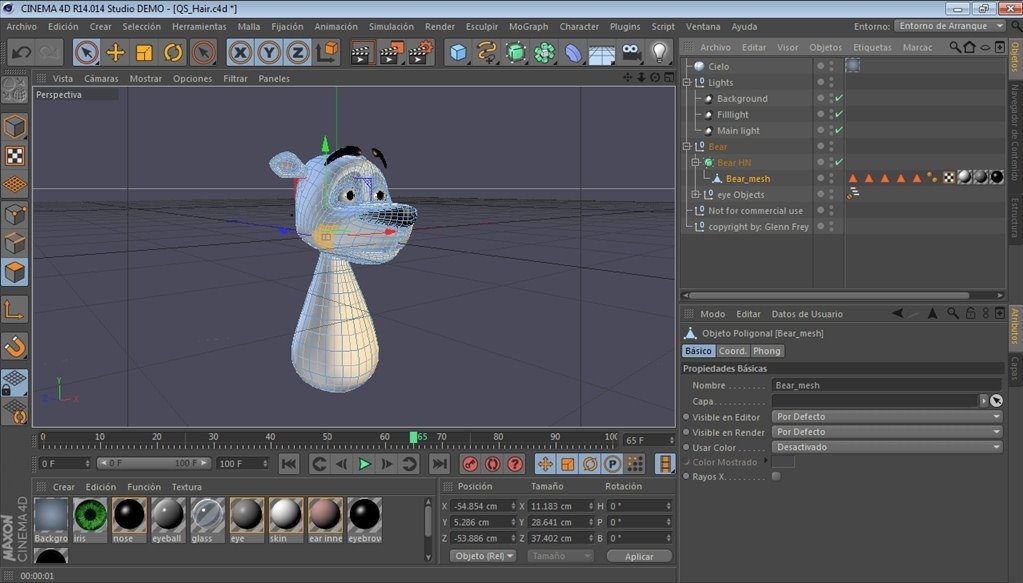Maxwell Render Cinema 4d Studio R18

In these 10 tips for better lighting in Cinema 4D, I cover techniques which explore basic lighting concepts and how we can implement these using Maxon’s Cinema 4D. Lotr bfme2 rotwk patch 201 crack 2. Rehanfx registration code serial key. Which type of light? Depending on the atmosphere you are trying to achieve, choosing the correct light can be fundamental.
Maxwell Render 4 for Cinema 4D Maxwell Render V4.2 Cinema 4D offers seamless integration with Cinema 4D for Mac / Windows, allowing you to work comfortably within the Cinema 4D interface. This product has been specifically designed for rendering in Cinema 4D with a simple yet comprehensive Maxwell toolbar. It brings you advanced Maxwell.
For a candle or a light bulb in a room, an omni or point light is the obvious choice so the light emits in all directions. For outdoor scenes, perhaps a or GI for ambient light, then compliment this with an area or infinite light for sunlight. I tend to use Area lights 90% of the time unless I am after a specific effect. Perhaps an infinite light is more suited for sunlight, but the sun after all is a huge area light that happens to be a very long way away.
We can simulate this using an area light, by moving it further away and reducing it’s size, we can control the shadow falloff and give the illusion of parallel shadows. In this example we have the scene rendered using (from left to right) Default Light, Area Light, Area Light with Area Shadow. Use an appropriate shadow The type of shadow will strongly influence the feeling of the shot, for a bright sunny day you would want the shadow to be dark and hard with very little falloff, this is in sharp contrast to an overcast day where the shadows will be barely visible as the falloff is so high.
In Cinema 4D we have the option for three types of shadow, shadow maps, area shadows and raytraced shadows. Raytraced shadows are great if you want a cartoon or stylised feel with graphic well defined shadows, the drawback is that they mostly require high anti-aliasing settings to reduce the chatter around edges. Soft shadows are often used because they give quick results over area shadows, you can fine tune the shadow by increasing your map size and the number of samples. The problem with soft shadows is they do not look very realistic, the hardness or falloff on the edge of the shadow is uniform regardless of distance from the object casting the shadow. Area shadows are by far the most superior shadow type as they offer high accuracy and the most control.
This does come at a price though, area shadows are the slowest to render. To speed things up you can decrease the number of samples and accuracy, this will give you results faster but also will introduce noise. By adjusting the radius/size of the area in the lights details tab, you can control the sharpness and falloff of the shadows, the smaller the area size, the harder the shadow. In the example below you can see how by increasing the area size, the shadow becomes softer.
Note that the area shadow is the most accurate type which you can see with the shadow which will always be hard at the point of contact and then will soften as it gets further from the subject. Multiple lights. One light alone is rarely going to give you the result you’re looking for as it will leave you with areas in your scene which have no illumination. A common lighting technique is three point lighting, this uses a main light (key) for the primary illumination, a fill light to illuminate the darker areas, often finished of with the third light, a rim of light from behind to lift the subject away from the background. There are many ways to light a scene or character and three point lighting is fairly basic, but it is still a good technique to master as it can be a good starting point for many shots. The key / fill ratio is the balance between the intensity of the various lights dictating the overall contrast.
If the key light is bright and fill lights are dull, the result is high contrast dramatic lighting such as the full sun of midday. If the illumination of all lights is more or less the same, the result is the opposite and the scene will look flatter, more like an overcast cloudy day. A good trick is to add a spill light to your scene, this is a light positioned similarly to your key light, however the spill should be much softer and illuminate a wider area, the combo of key and spill creates a more natural look than key light alone.